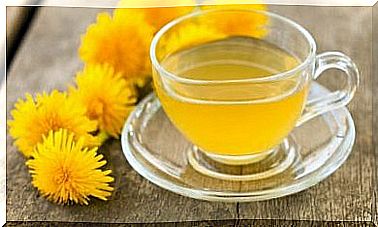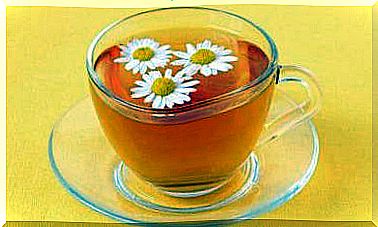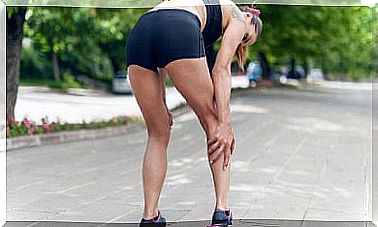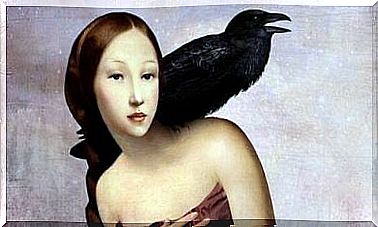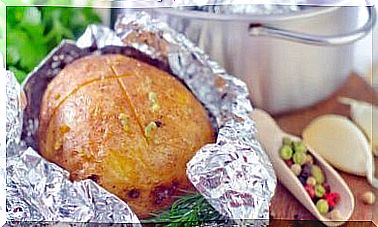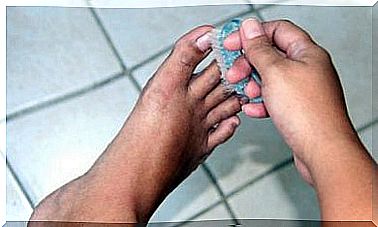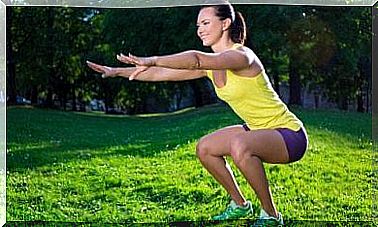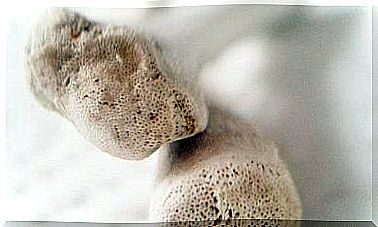The Different Types Of Mastitis And Their Characteristics
Mastitis is a condition that can cause inflammation and pain in the breasts. Its origin is often infectious and it appears at the time of breastfeeding. Nevertheless, it happens to be found during menopause. Find out more about it in this space.
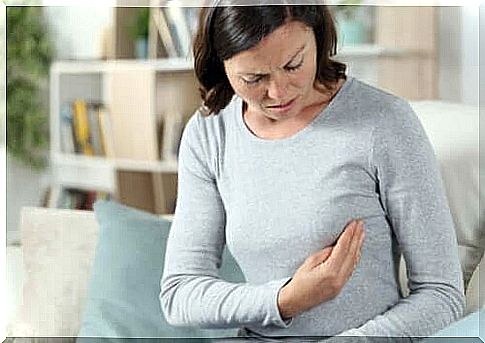
There are different types of mastitis; however, regardless of the grade, it is often a painful and frustrating experience for a breastfeeding mother. This problem is also one of the main causes of abandonment of breastfeeding.
What are its consequences? Of most concern is that both mother and baby are suffering from its effects. The mother, from a psychological and health point of view, and the child because he is exposed to a greater risk of morbidity and mortality.
It is therefore a problem that we must pay attention to, especially if it manifests itself in a severe way. Here we will explain what are its characteristics and what treatment is recommended for each type.
What is mastitis?
There are several definitions of mastitis. Most of the time, we find the words inflammation and infection of the mammary glands. This is a condition that affects women who are breastfeeding, although there is also a type of mastitis without breastfeeding.
Regarding the etiology of mastitis, its primary cause is retention of milk followed by infection. Breast milk contains substances which, when left in contact with the mammary gland for some time, can trigger the inflammatory and infectious response.
Its incidence is relatively high: around 10% of women in the process of breastfeeding may suffer from mastitis. Moreover, it is almost always unilateral, even if it is possible to find it at the level of both breasts. Usually it appears in the first three months after childbirth, between the second and third week.
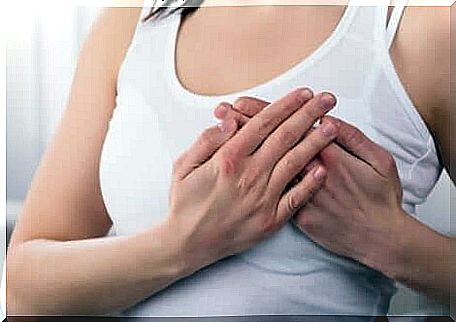
Types of mastitis
As we have commented, there are different types of mastitis. The most common are the typical, the subacute or subclinical and the recurrent. Others are less common, such as tuberculosis or granulomatous disease. We will now discuss them in detail.
Typical mastitis
Typical mastitis is characterized by the general development of infection. It therefore presents a clinical setting with the majority of symptoms. Among these, we can observe the following:
- Fever up to 39-40 ° C, with possible chills.
- Weakening and joint pain.
- Swelling; feeling of turgor.
- Pain in case of contact, both in the nipple and in the breast in general.
- Visible reddening.
- Sensation of heat.
- Thickening of the skin around the areola.
- Formation of small subcutaneous protuberances.
- Lesions at the level of the nipple.
- Irritation and cracks in the nipple and areola.
Treatment for typical mastitis involves both the infection and the symptoms. Antibiotics are therefore recommended for 7 to 10 days. In addition, it is possible to take analgesics, anti-inflammatories or antipyretics.
Subacute or subclinical mastitis
- Pain ranging from moderate to severe.
- Possible cramps or feeling of pain.
- External symptoms, such as reddening, are not seen, but hardening is possible.
- It can be diagnosed through a lab test (culture).
- For its treatment, the consumption of probiotics is recommended. In addition, the person can perform massages and stretching of the pectoral area.
Recurrent mastitis
- Several episodes of mastitis during breastfeeding of the same child occur.
- It can occur because of late, inadequate or non-compliance with treatment.
- The lack of correction in breastfeeding technique plays a role here.
- Sometimes there is an underlying pathology, such as cysts or tumors.
- Another possible cause is infection with Candida albicans .
- In this case, the treatment is done with antibiotics. Pain relievers are also prescribed for the pain.
Mastitis without breastfeeding
- It is also known as periductal mastitis. We do not know its cause, even if we associate it with women who have breastfed very little. It is also linked to menopause because it occurs in women whose age varies between 45 and 55 years.
- It affects the nipple more frequently, although it can sometimes affect the entire breast.
- Its symptoms range from inflammation, irritation, and reddening to heat in the area, pain, itching, and the presence of protuberances.
- It is detected by an ultrasound.
- Treatment is with antibiotics, anti-inflammatory drugs, pain relievers and creams. Some cases may require an operation.
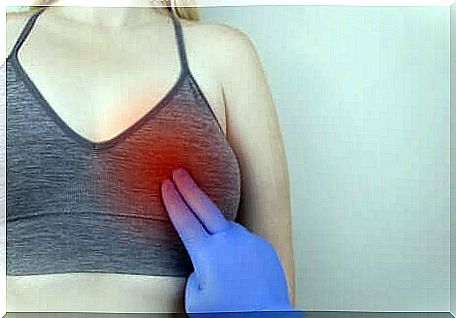
What to do in case of mastitis?
If a breastfeeding woman suspects mastitis, she should go to her doctor. But that doesn’t mean she should stop breastfeeding. On the contrary: breastfeeding has positive effects. If necessary, she can extract the milk using a special device.
Here are other general recommendations:
- Maintain an adequate posture when breastfeeding.
- Massage the breast.
- Do not put on a tight bra.
Mastitis that is not treated on time or properly can lead to complications. For example, if a duct becomes blocked and there is a buildup of pus (abscess) in the breast, surgical drainage may be necessary. It is therefore necessary to consult a doctor as soon as possible.
